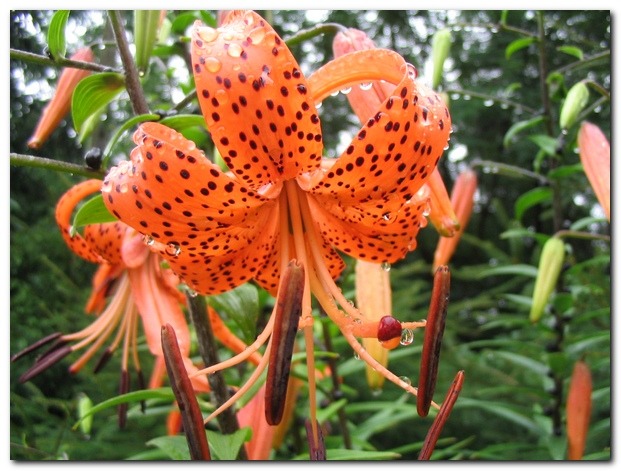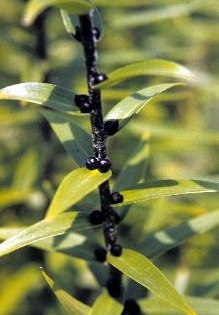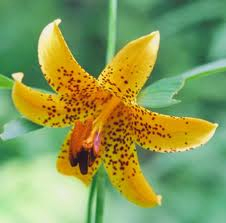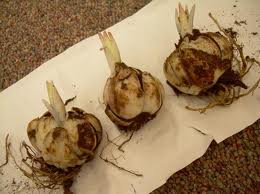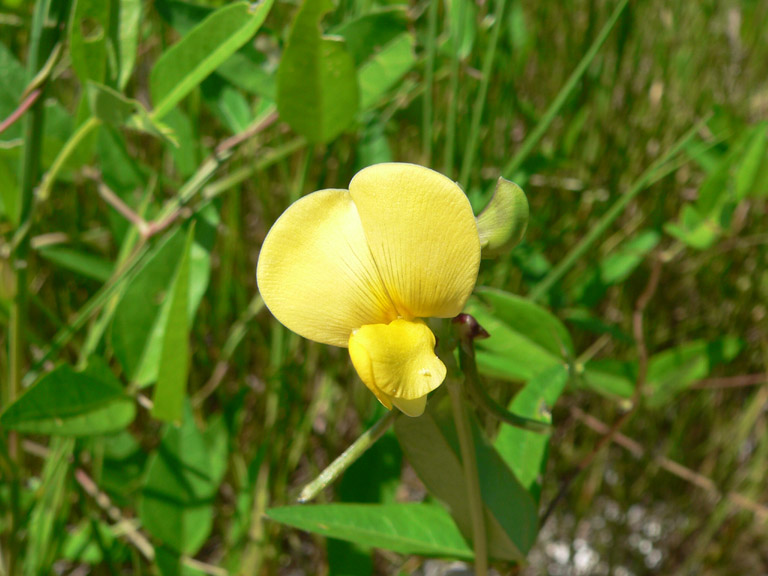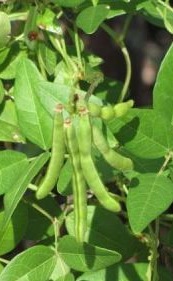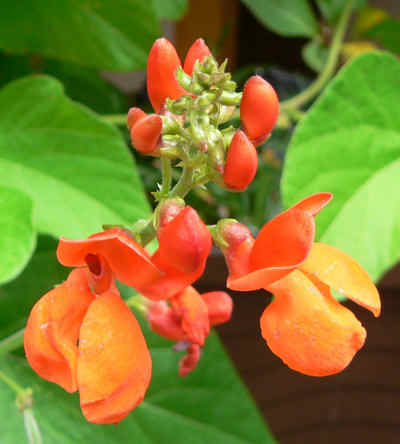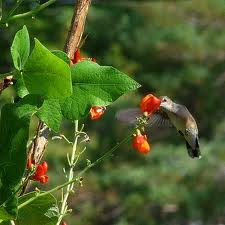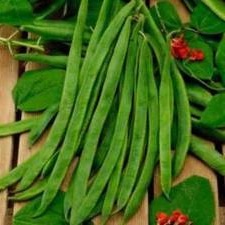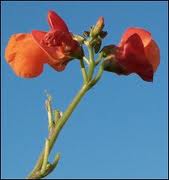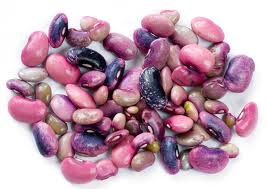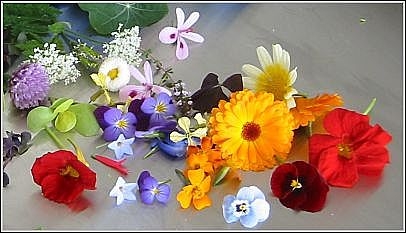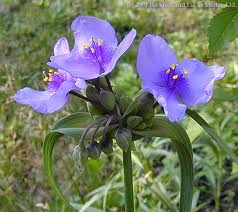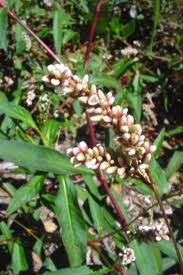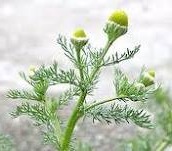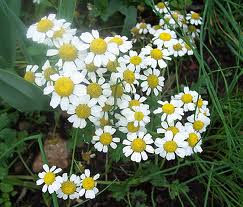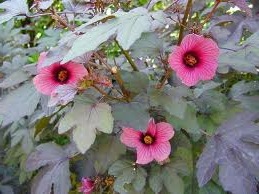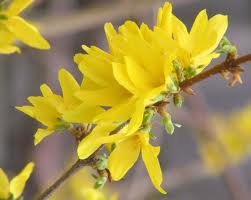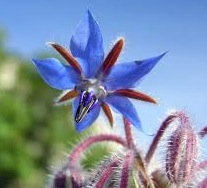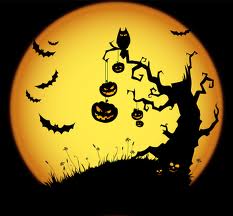 Halloween is the most debatable of non-holiday holidays. With a past that goes back to Roman times it became in the Christian era “All Hallows Eve,” the day before “All Saints Day,” November first. All Hallows Eve was traditionally a time to remember those who had died, a Memorial Day if you will, a remembrance and a time for contemplation. This is how the deceased theme became associated with Halloween.
Halloween is the most debatable of non-holiday holidays. With a past that goes back to Roman times it became in the Christian era “All Hallows Eve,” the day before “All Saints Day,” November first. All Hallows Eve was traditionally a time to remember those who had died, a Memorial Day if you will, a remembrance and a time for contemplation. This is how the deceased theme became associated with Halloween.
 I would not know this save for the fact some 40 years ago I was a foreign exchange student to Whitelands College (photo to right) which was then part of the University of London. Whitelands College, now luxury apartments, had 14 female students to every male student. The college took All Saints Day quite seriously along with St. Ursula’s Day. Saint Ursula is the controversial patron saint of virgins. One can understand why no one hears of St. Ursula any more.
I would not know this save for the fact some 40 years ago I was a foreign exchange student to Whitelands College (photo to right) which was then part of the University of London. Whitelands College, now luxury apartments, had 14 female students to every male student. The college took All Saints Day quite seriously along with St. Ursula’s Day. Saint Ursula is the controversial patron saint of virgins. One can understand why no one hears of St. Ursula any more.
Regardless of why Halloween exists it is not going to disappear anytime soon. More money is made by retailers during Halloween than any other “holiday” of the year far eclipsing even Christmas. All those candy sales add up. Sugar equals profit. More so Halloween has changed since even my college days.
Many years ago I worked as a writer for a national television network based on the Universal Studios lot in Orlando. Several large six-story sound stages were in a row on each side of a road, independent buildings. However, the road between them was covered by a huge canopy stretching from building to building, in effect keeping the road between the buildings out of the rain and sun. It was here large parades parked during bad weather or between shows. Indeed, every day during the fall season this is where the Halloween Parade floats could be found. You could walk past all eight to a dozen, up close, all protected from the weather. It was here I noticed how Halloween had changed.
We all know the traditional fare of Halloween: Jack O’Lanterns, witches, steaming cauldrons, goblins, ghosts, black cats, bats and skeletons. They evoke unseen forces and the spectra of the unknown, at one time very real concerns since nearly everyone once believed in witches. Folks lived much closer to death then than they do now. The mortality rate was high, families handled their own funerals, burial was local and many people had rituals regarding buried loved ones. The Greeks actually dug the deceased a year after burial to look at the bones and sooth the spiritual state of affairs. Skeletons were part of remembrance. And indeed in that Halloween Parade the traditional trappings of Halloween could be seen on one float… one. It was that which caught my attention, the traditional trappings.
 Of all the floats in the Halloween Parade every year only one had the traditional elements of Halloween, and it was also always the most sedate of the floats. The rest of the floats were about psychological horror and blood. The rest of the floats were not about images of the past but of the present: murderers, killers, torturing, razor fingers and chainsaw dismemberment. The difference in the floats were stark and chilling. The past was about human fears whereas the present was about fictional horrors and the products of the dark side of our creativity. Halloween has moved from some very human concerns to some very twisted displays.
Of all the floats in the Halloween Parade every year only one had the traditional elements of Halloween, and it was also always the most sedate of the floats. The rest of the floats were about psychological horror and blood. The rest of the floats were not about images of the past but of the present: murderers, killers, torturing, razor fingers and chainsaw dismemberment. The difference in the floats were stark and chilling. The past was about human fears whereas the present was about fictional horrors and the products of the dark side of our creativity. Halloween has moved from some very human concerns to some very twisted displays.
Six weeks before Halloween the local interstate billboards go up advertising the “holiday.” It’s a disgusting offensive onslaught every year and some people have tried to get it changed. Jack O’Lanterns, skeletons and ghosts are far too tame for these ads that you cannot avoid. The roadside billboards drip with blood, scream horror and glorify dismemberment (and then we wonder why children are violent.) The ads are offensive, sick perversions under the guise of free speech and entertainment. How did Halloween manage to sink into the social sewer like that? Even worse, these perverted images have worked their way into “clowning” with murderous effect.
Gone is the holiday of my youth, a bit of fun and a simple costume out in the neighborhood collecting candy. Now the candy should be X-rayed and every child accompanied to every door. I can’t remember the last time a little witch has said “trick or treat” upon the opening of my door on Halloween. I see garish costumes from movies I most certainly wouldn’t want to see now ….or even when I was a sprout. I lament the loss of Halloween to Hollywood.


